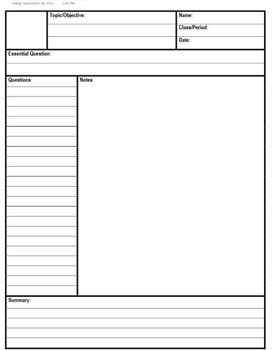

Organizing Risks in a Risk RegisterĪnother cool way to use OneNote is to capture project risks. It helped me avoid mistakes in future projects.Īnd then you can allow users to co-author and contribute to the document – essentially building a Lessons Learned database. When I managed projects in the corporate world, I used to hold Lessons Learned sessions for every project that I managed. Storing Lessons LearnedĪnother great way to use OneNote is to capture Lessons Learned on a project. If you are managing your projects using the Agile methodology, OneNote can become a great tool to keep track of these daily Scrum Meetings. Alternatively, you can create another page for Meeting Minutes and organize it together with Agenda page above into a section. You can use the same OneNote page where you stored Agenda items above and record Meeting Notes, action items and other outcomes from the meetings keeping everything organized in one place. Meeting Minutes are another great piece of content belonging in OneNote. Moreover, since OneNote, by default is part of all SharePoint sites and Office 365 Groups, you can use it to collaborate and co-author and easily ask your team members with adding items to an agenda for example. You can create a page for each meeting and name it accordingly. OneNote can be great for storing Agendas for meetings.

So when I talk about OneNote features below, the software is more of “assisting/facilitating” tool that complements the other tools in Office 365 eco-system. OneNote, in combination with SharePoint Site or Office 365 Group or Planner – will though. It is important to note that OneNote by itself does not constitute a project management software. Today, I want to highlight the ways a project manager and project team members might use and adopt OneNote when managing projects within an organization. Having spent 15+ years in IT project management, I have an appreciation for the tools out there that make Project Management simpler and efficient.


 0 kommentar(er)
0 kommentar(er)
